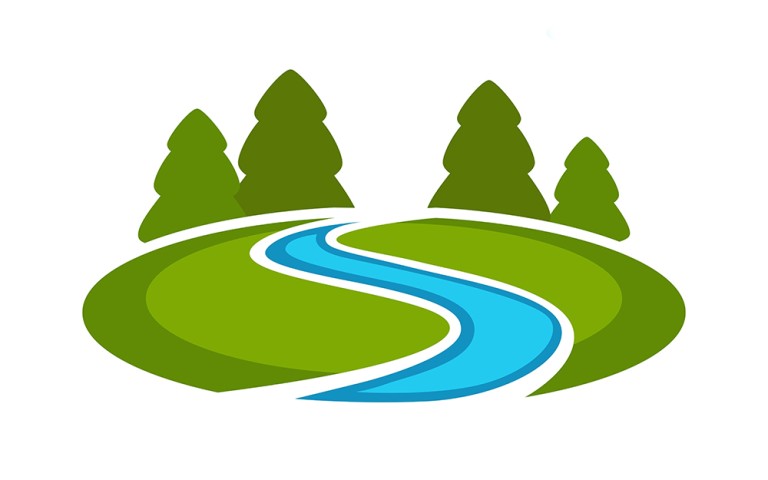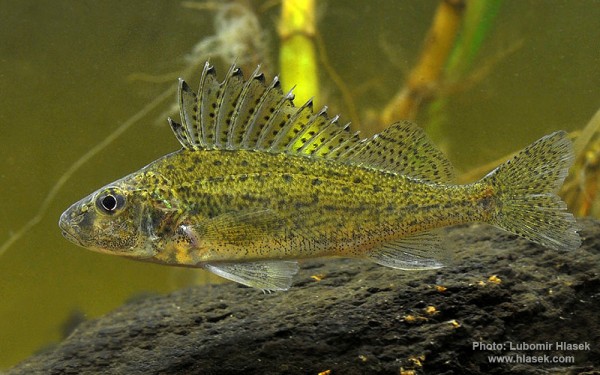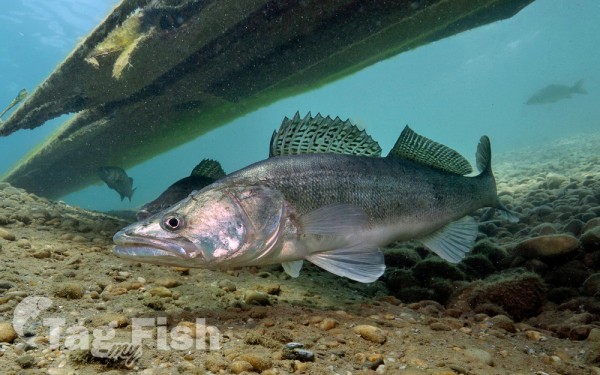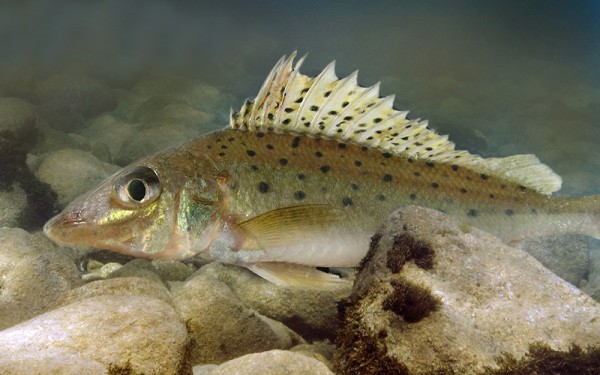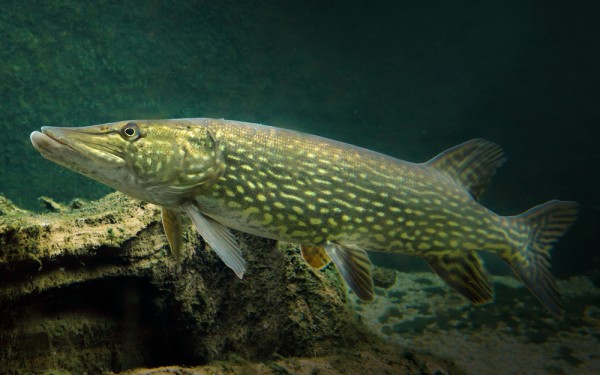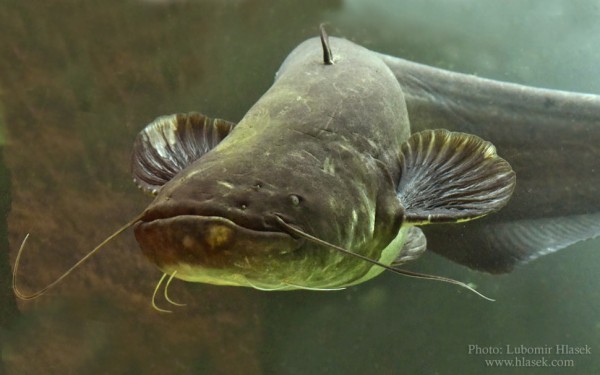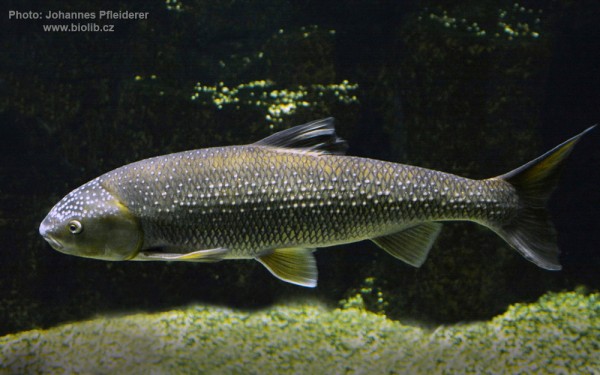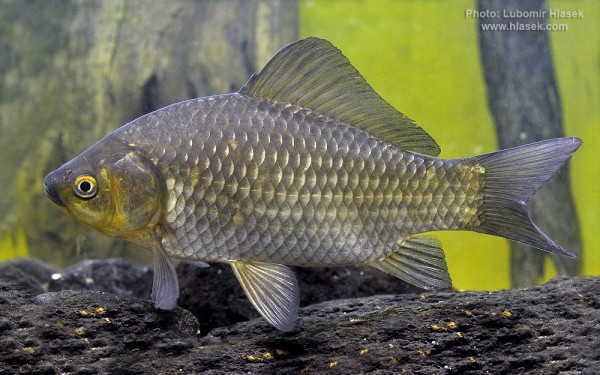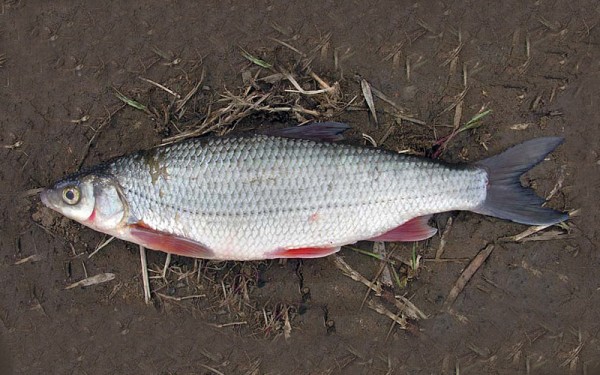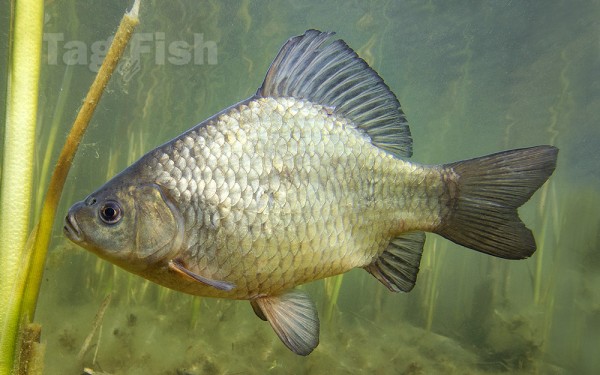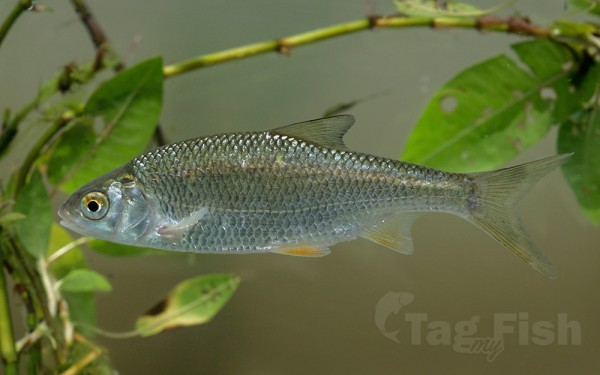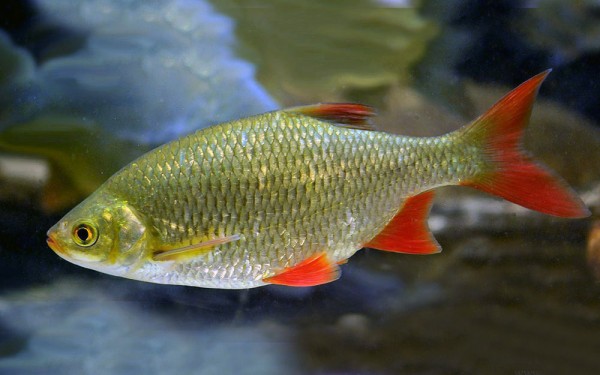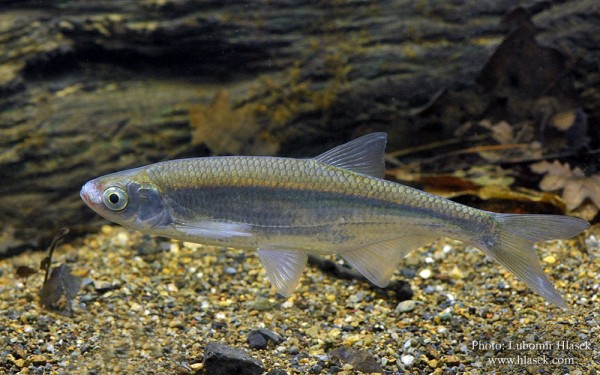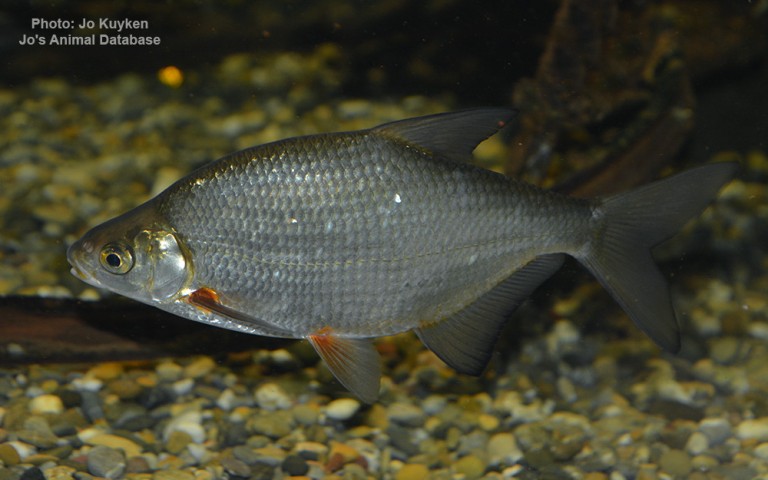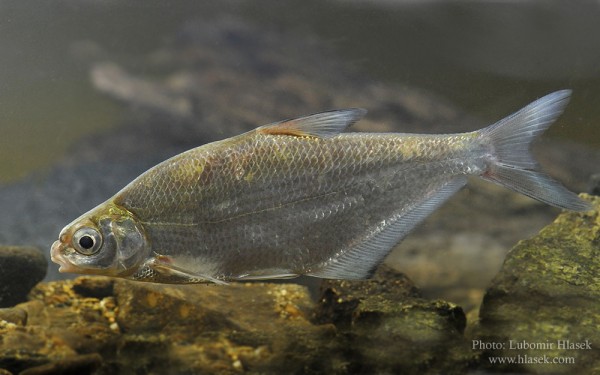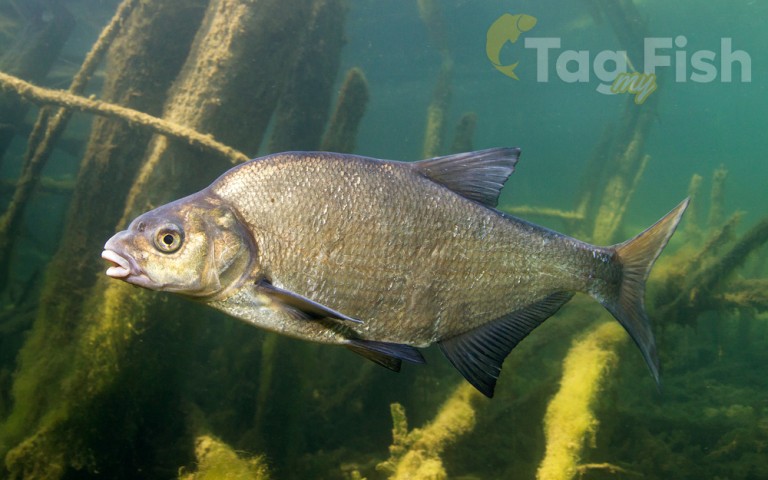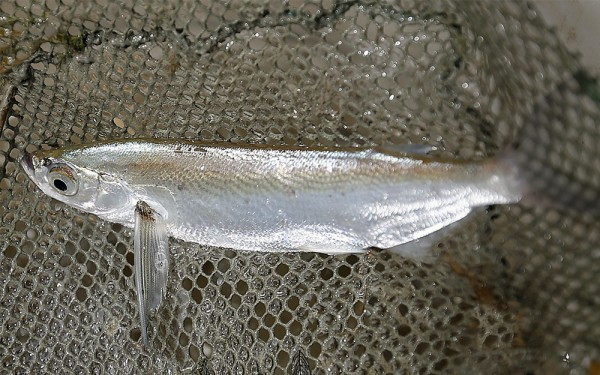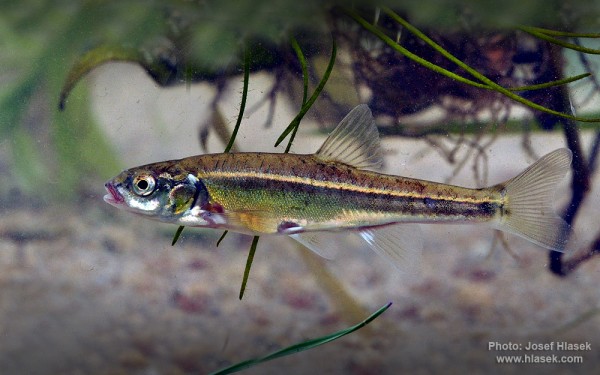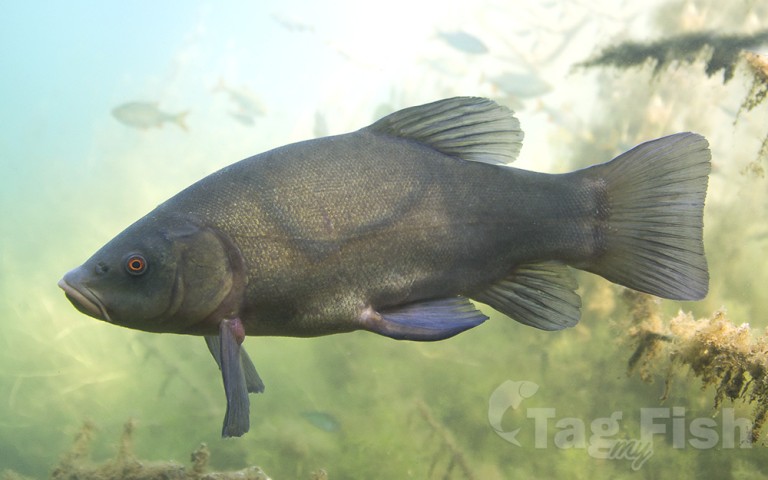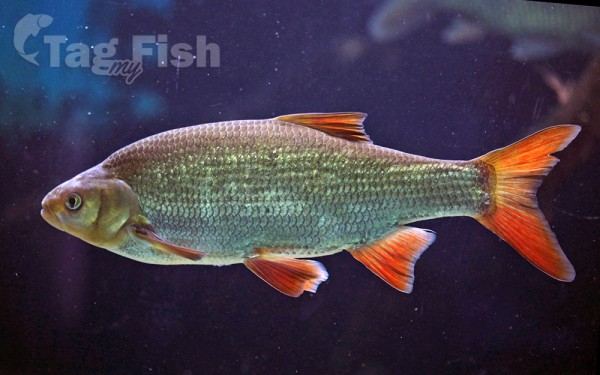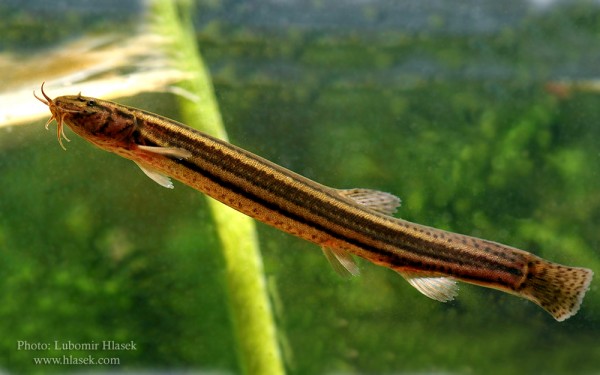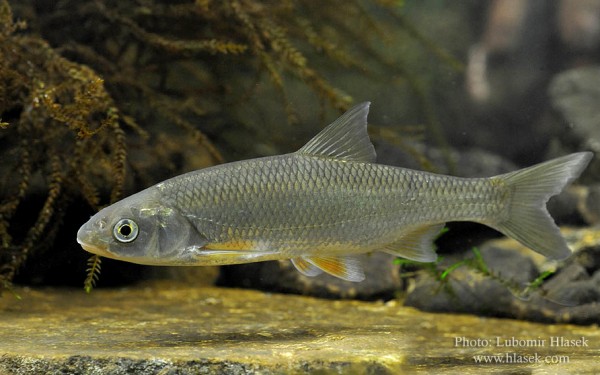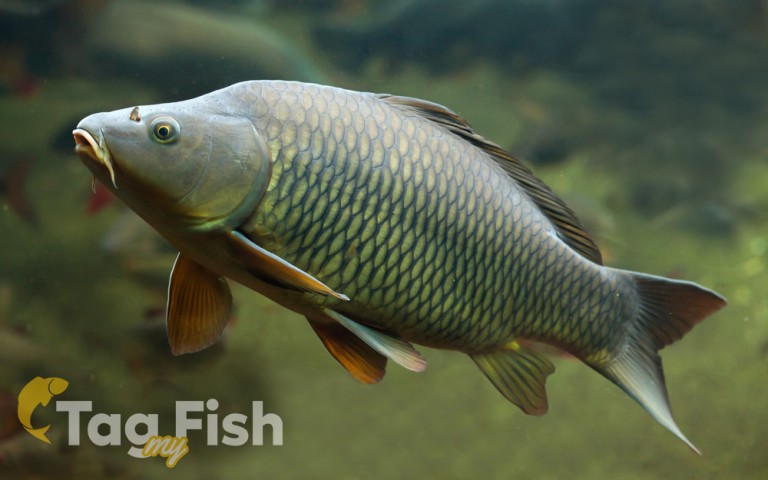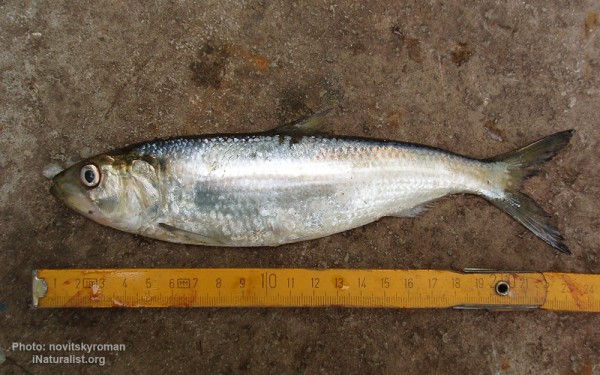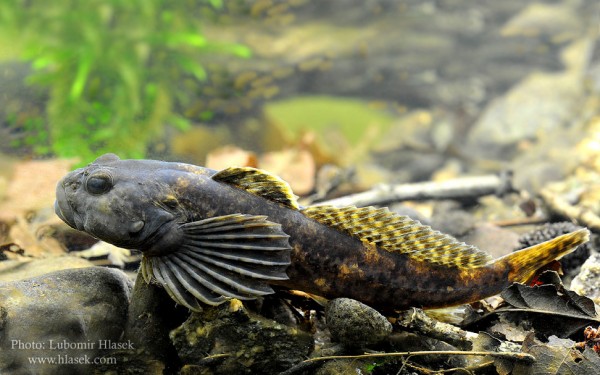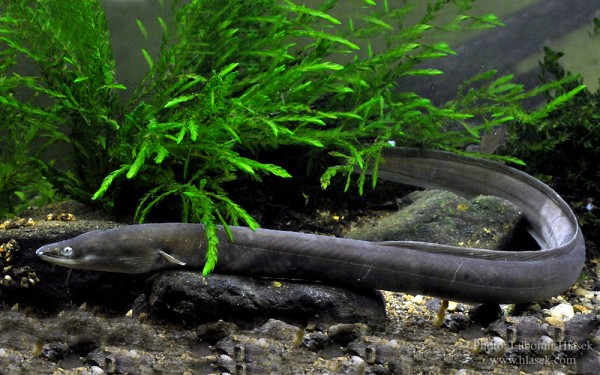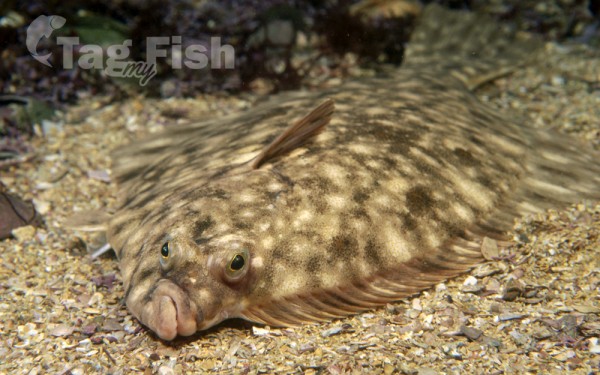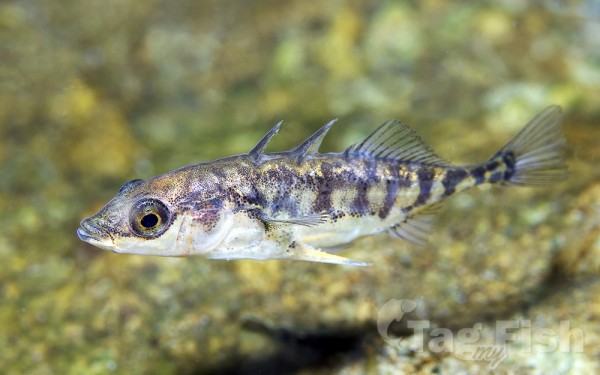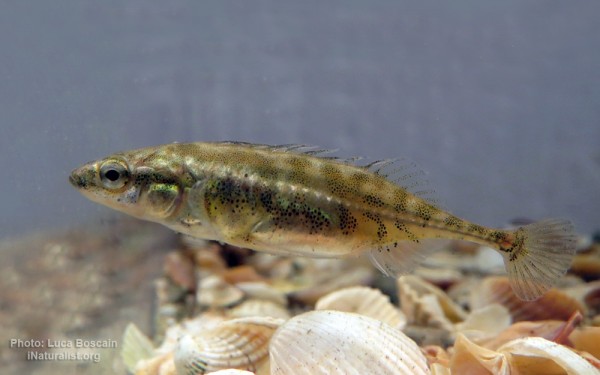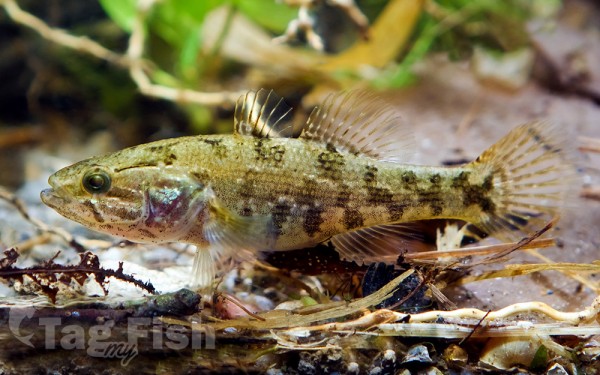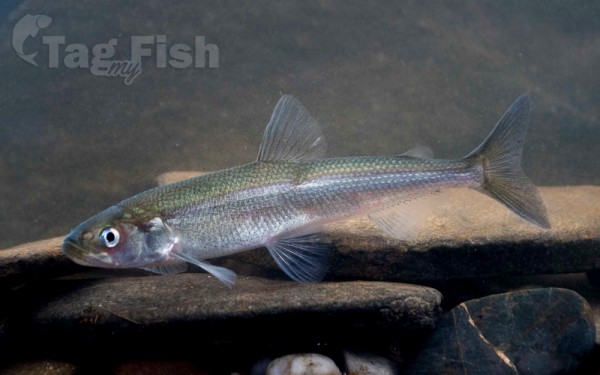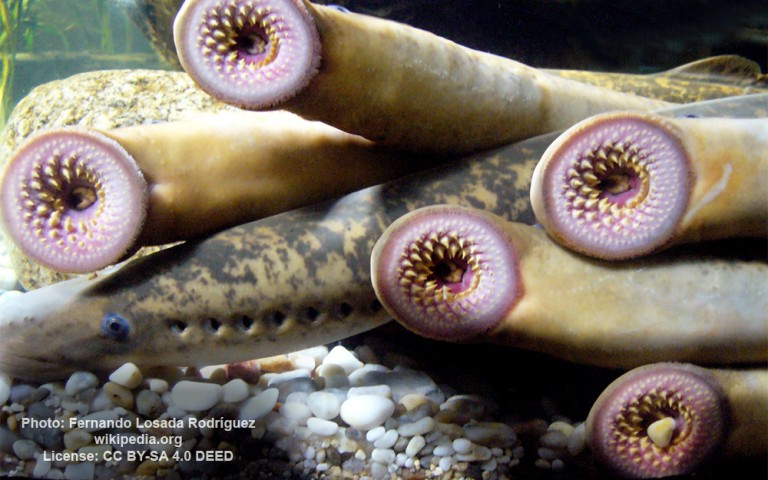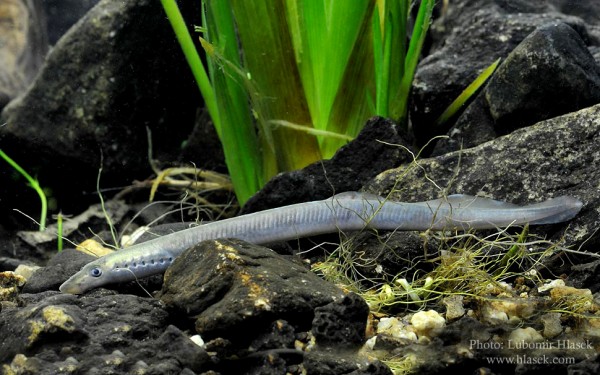Seversky Donets
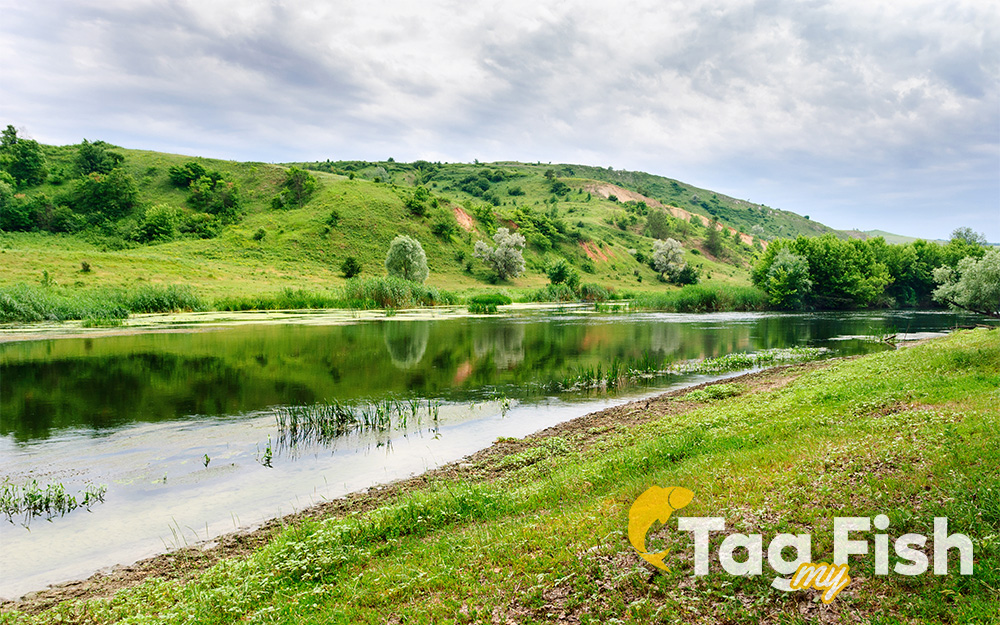
Largest tributaries
Perciformes - Perches
Esociformes - Pikes
Siluriformes - Catfishes
Cypriniformes - Carps
Acipenseriformes - Sturgeons and Paddlefish
Gadiformes - Cods
Clupeiformes - Herrings
Scorpaeniformes - Mail-cheeked fishes
Anguilliformes - Eels and morays
Pleuronectiformes - Flatfishes
Gasterosteiformes - Sticklebacks
Gobiiformes - Gobies
Osmeriformes - Smelts
Petromyzontiformes - Lampreys
Perciformes - Perches
Esociformes - Pikes
Siluriformes - Catfishes
Cypriniformes - Carps
Acipenseriformes - Sturgeons and Paddlefish
Gadiformes - Cods
Clupeiformes - Herrings
Scorpaeniformes - Mail-cheeked fishes
Anguilliformes - Eels and morays
Pleuronectiformes - Flatfishes
Gasterosteiformes - Sticklebacks
Gobiiformes - Gobies
Osmeriformes - Smelts
Petromyzontiformes - Lampreys
The Seversky Donets (Russian: Се́верский Доне́ц) or Siverskyi Donets, usually simply called the Donets, is a river on the south of the East European Plain. It originates in the Central Russian Upland, north of Belgorod, flows south-east through Ukraine (Kharkiv, Donetsk and Luhansk Oblasts) and then again through Russia (Rostov Oblast) to join the river Don, about 100 km from the Sea of Azov. The Donets is the fourth-longest river in Ukraine, and the largest in eastern Ukraine, where it is an important source of fresh water. It gives its name to the Donets Basin, known commonly as the Donbas, an important coal-mining and industrial region in Ukraine.
The Donets hosts 44 species of fish, predominantly small fishes such as European perch, rutilus and common rudd. Medium and large species include bream, perch, catfish and pike and are becoming increasingly rare. Near Pechenizke Reservoir a large hatchery of carp has successfully operated since 1967.
